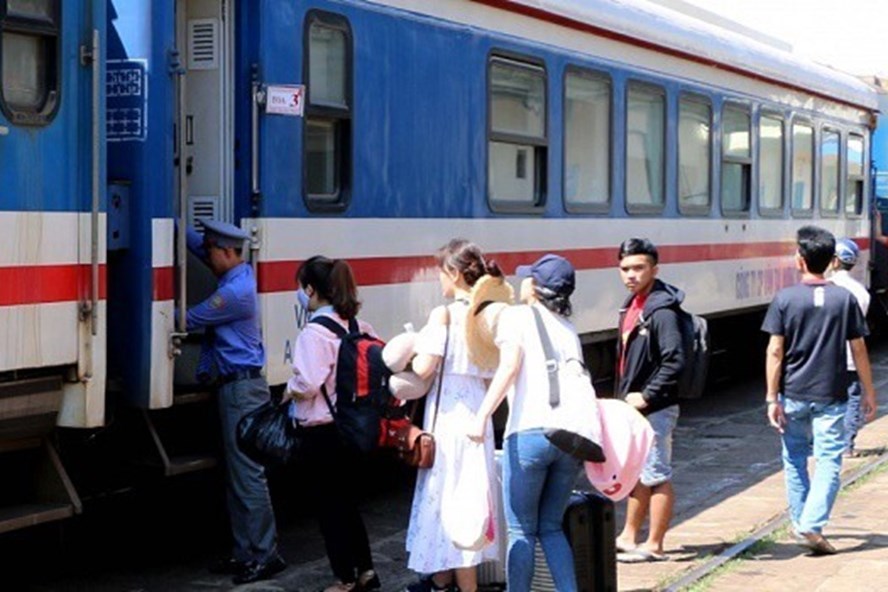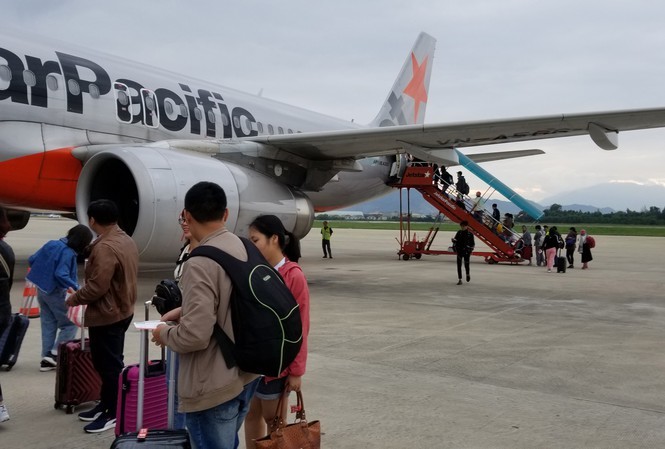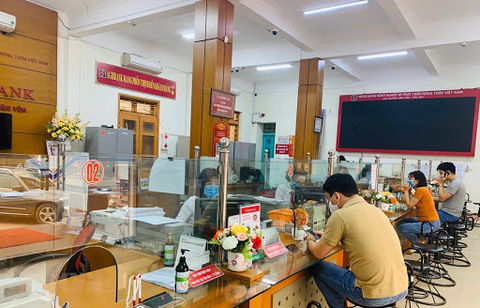The Vietnam Railways Corporation (VNR) has predicted a sharp fall in railway transport production this year because of Covid-19 and slow execution of works belonging to a VND7 trillion development package.

In the first four months of the year, VNR had to stop using 2,126 passenger trains. To implement the measures to prevent the spread of coronavirus, it has continued to not use more passenger trains, especially ones running on the north-south backbone route that bring high revenue.
VNR predicted that it would incur a loss of VND1.394 trillion this year, including a VND712 billion loss from its production and business activities.
In fact, the impact of Covid-19 is only one reason behind the bad business performance of the railway corporation. A lot of problems have existed for a long time, including limited investment resources and problems in management and operation scheme.
According to Deputy Minister of Transport Nguyen Ngoc Dong, Vietnam’s railway system, which has been working for one more century, remains unchanged, with no new routes built to connect to other regions.
| Most of the railways, or 85 percent of the network, run on a 1 meter-gauge system. There are 297 stations, but most of them are small with old infrastructure. This explains why railways are not the choice of passengers and owners of goods. |
Most of the railways, or 85 percent of the network, run on a 1 meter-gauge system. There are 297 stations, but most of them are small with old infrastructure. This explains why railways are not the choice of passengers and owners of goods.
In 2019, railways only served 0.2 percent of total passenger transportation and 1.2 percent of cargo transportation.
Investment in the railway sector has remained very modest in the last 10 years, which can meet only 2-3 percent of the requirements. The state budget is limited, and it is very difficult to call for private investment.
As a result, railways cannot compete with roads and aviation in the passenger transport market, and cannot compete with roads and seaways in cargo transport.
The investment rate in railways is 3-4 times higher than investment in roads, which explains why the state remains the major infrastructure developer.
However, analysts warned that if VNR’s model remains unchanged and if there is no reasonable mechanism to attract private investors, the railway sector won’t be able to develop.
But it is difficult to attract private investors because the railway sector requires huge investment capital, and it takes a long time to recover the capital.
Experts said that there is great potential for the railway sector, but the potential can only turn into advantages when there is a reasonable development policy.
Linh Ha

VN aviation, railways fall into distress again
Passenger transportation units, especially airlines and railways, had not yet recovered fully from the first COVID-19 outbreak when the second outbreak occurred and dealt another blow.

Vietnam Railway launches app to sell tickets
The Vietnam Railways Corporation (VNR) officially launched an application to buy train tickets and pay online on smartphones from July 15 to improve customer services.
